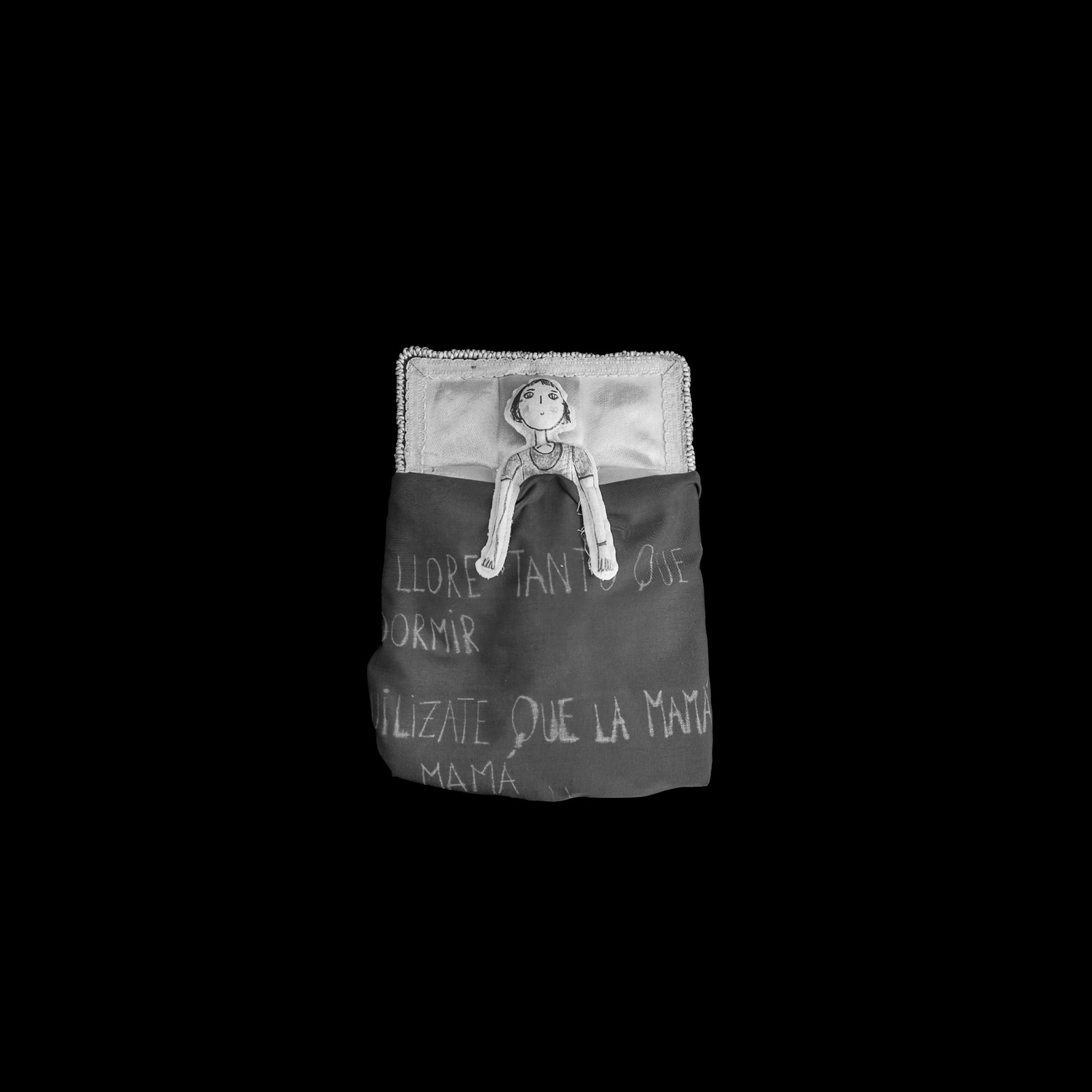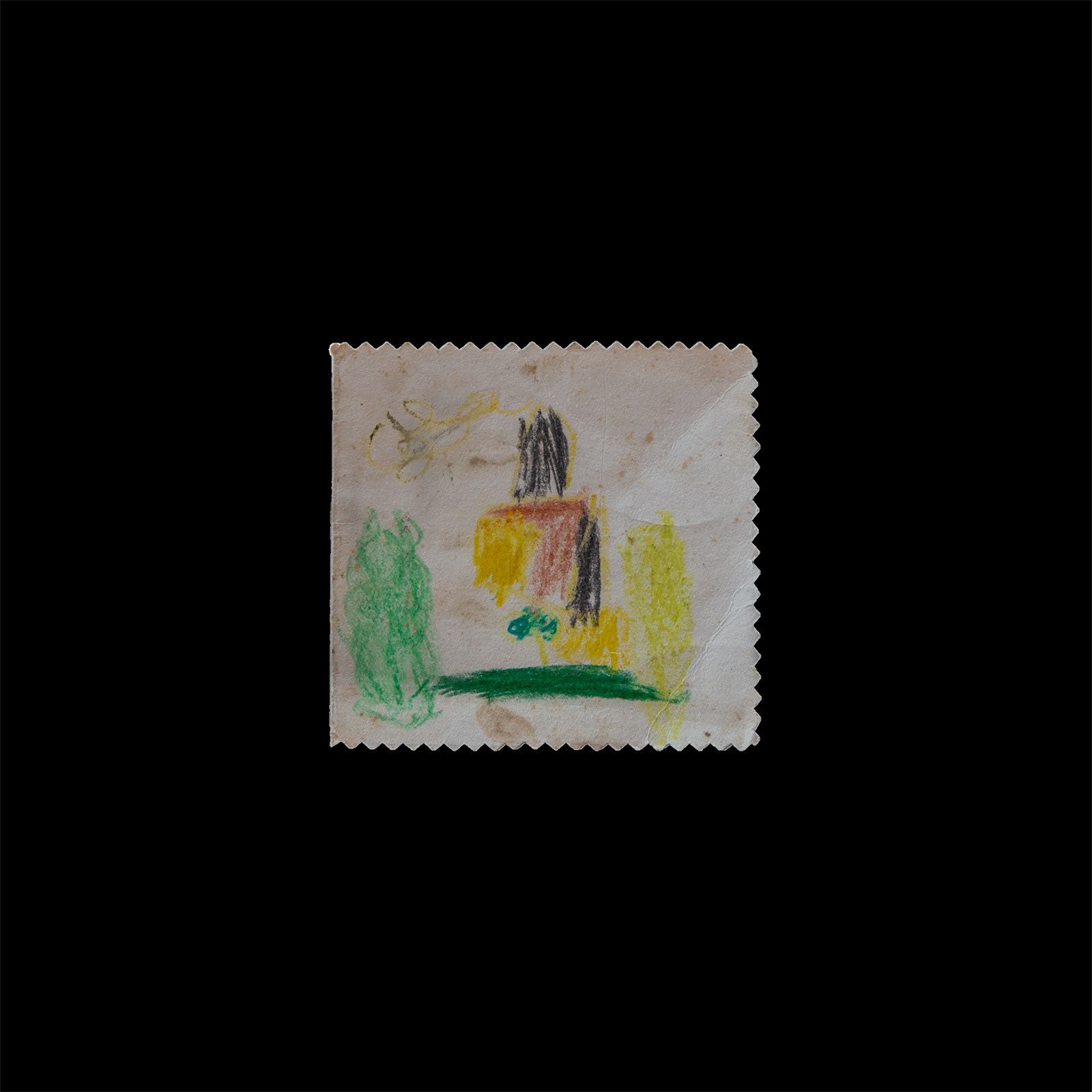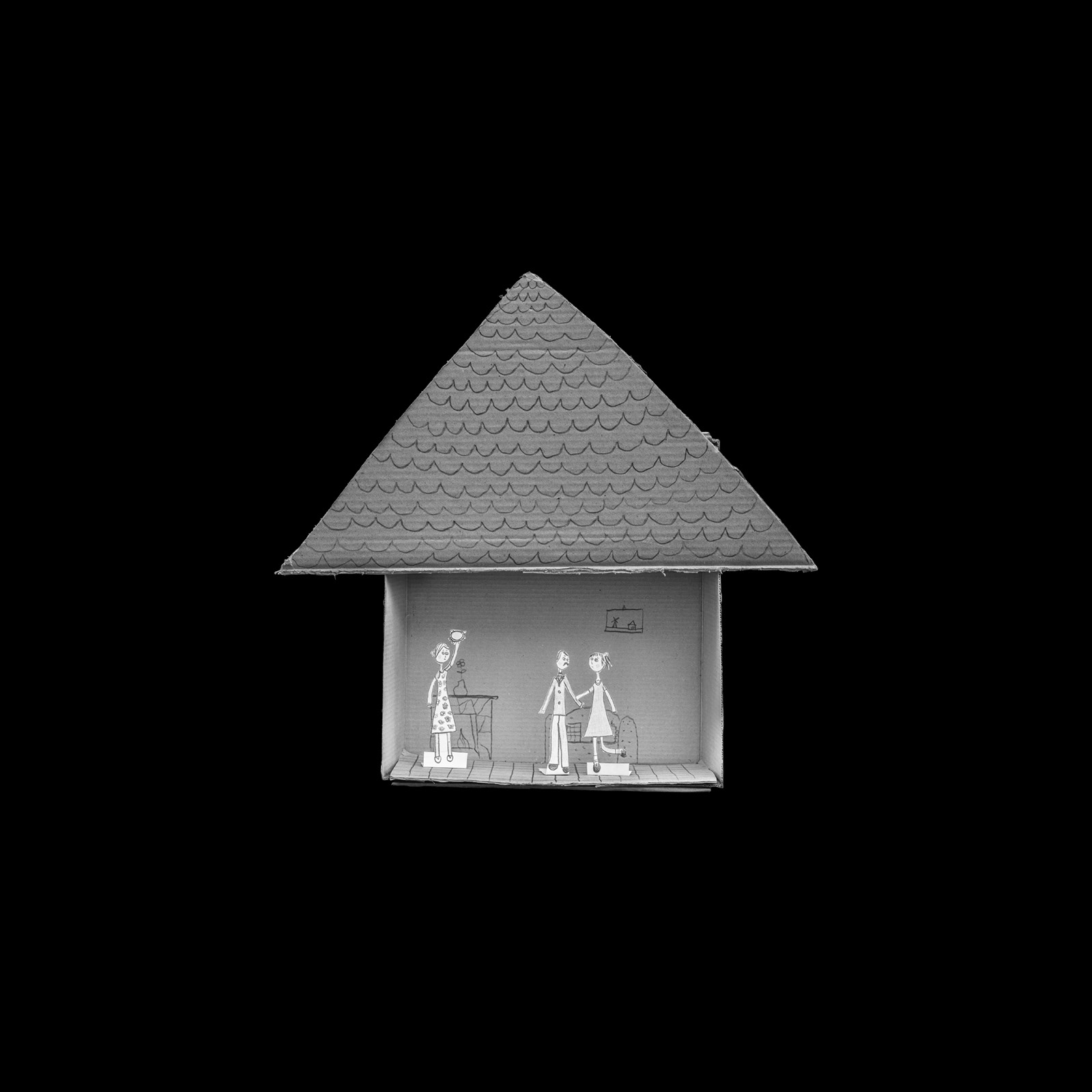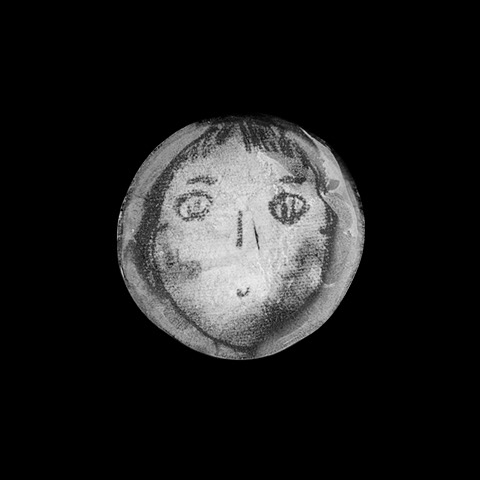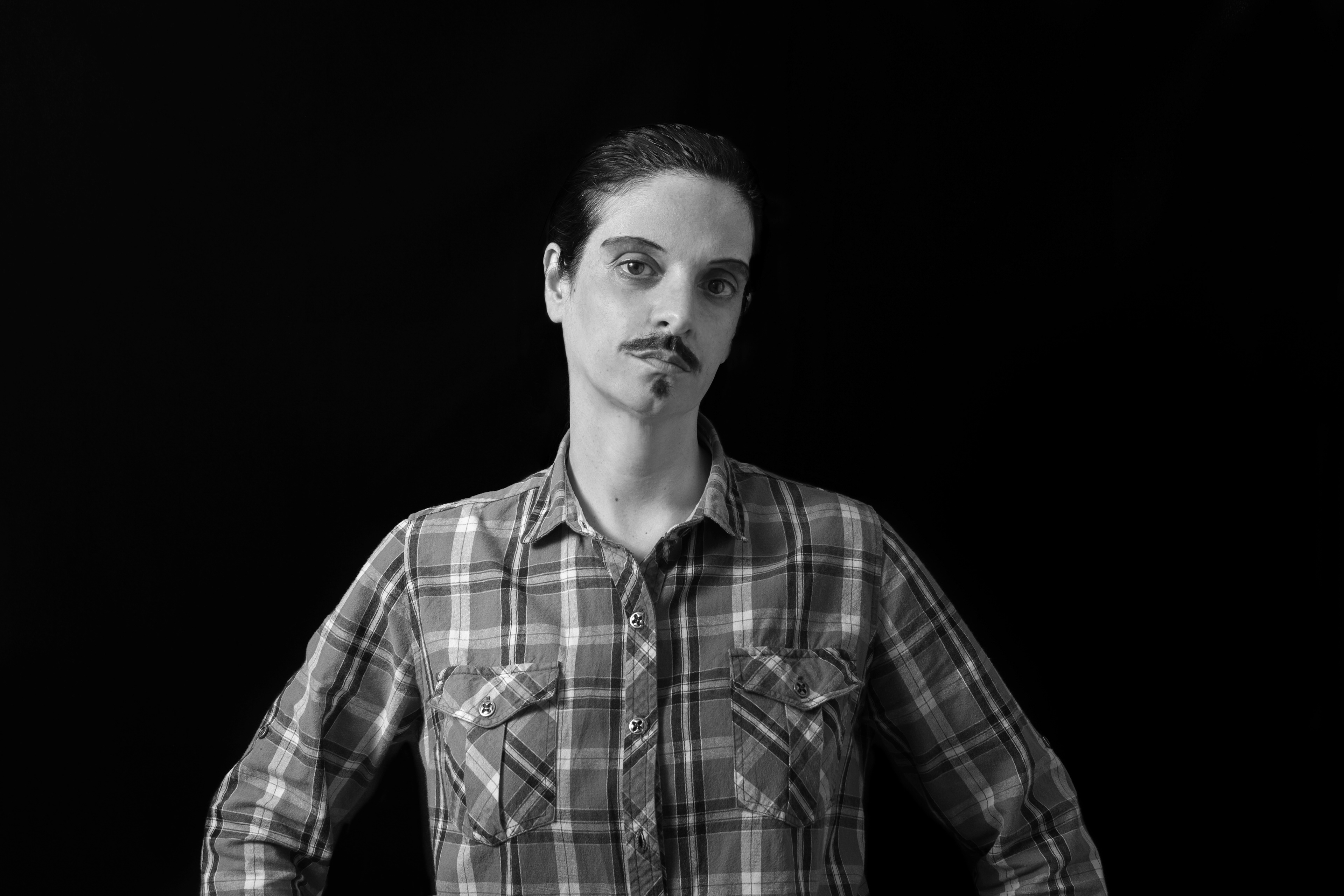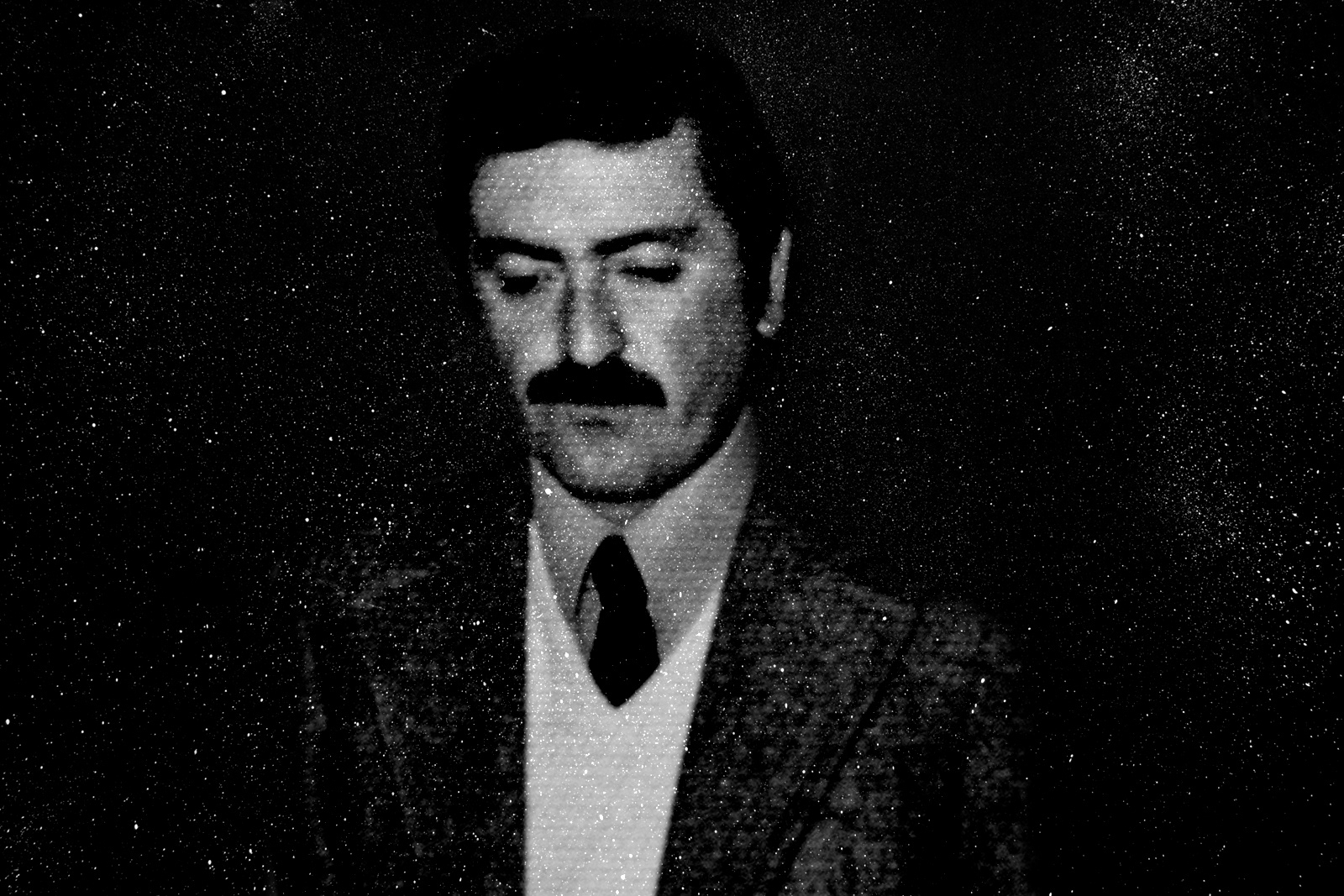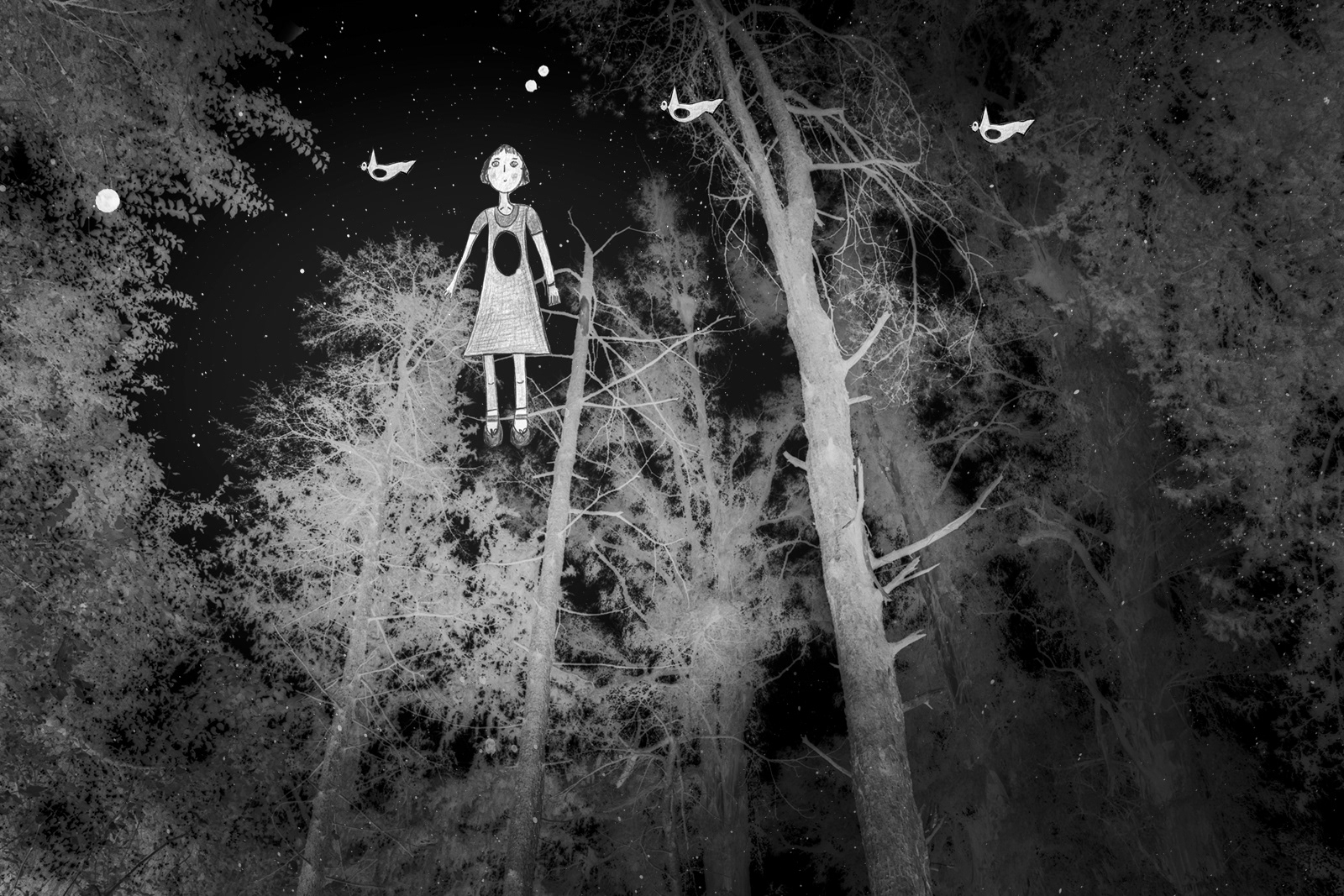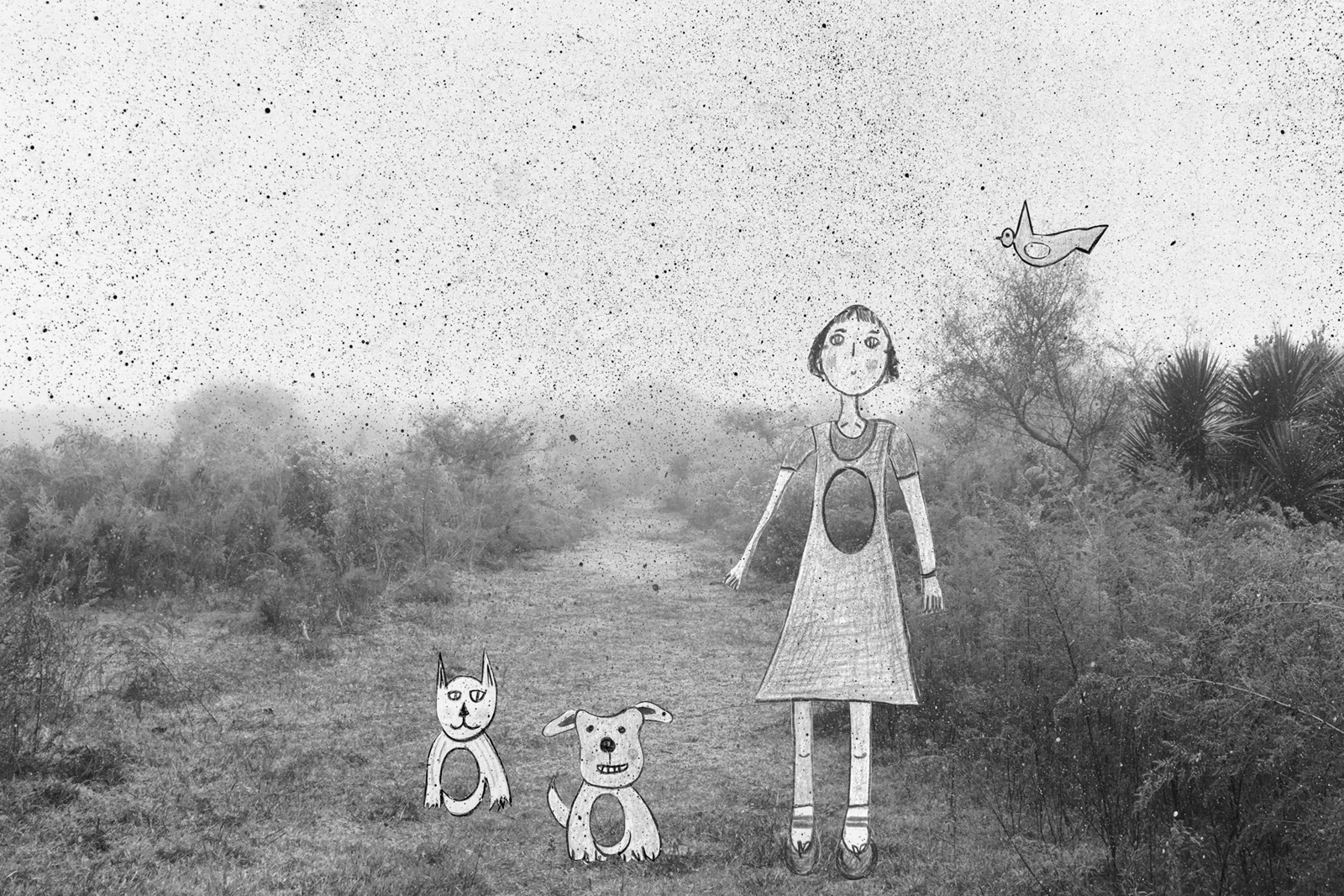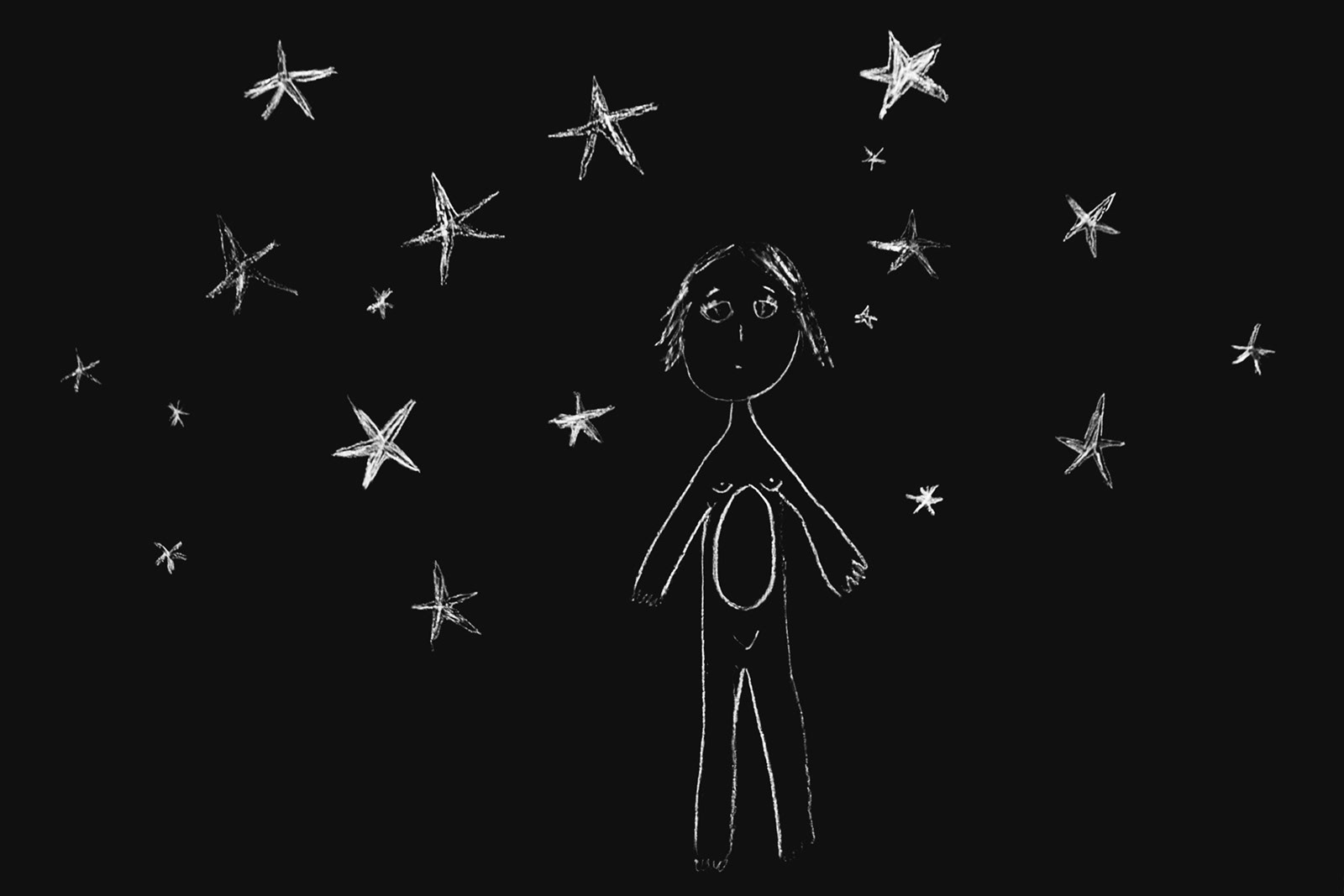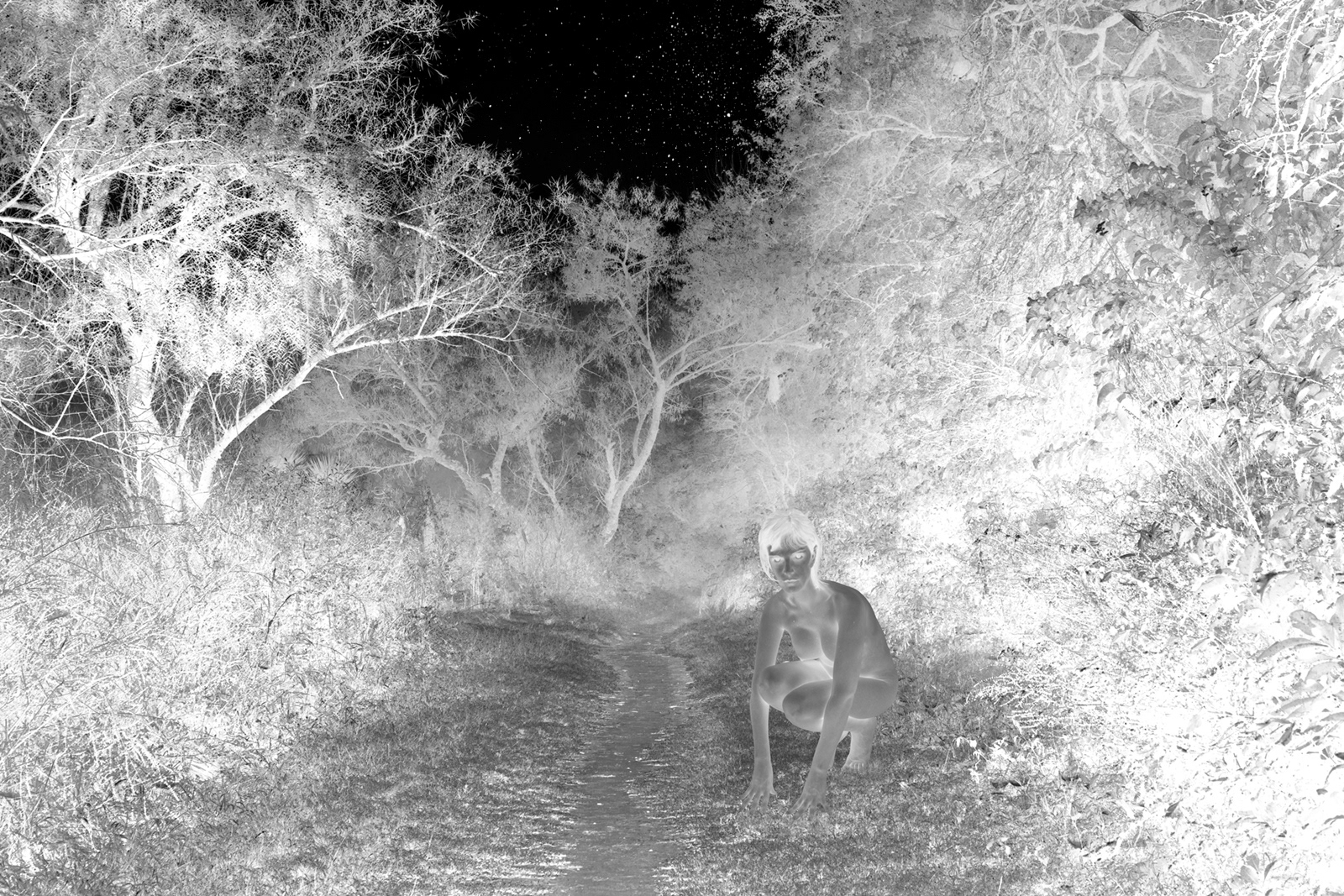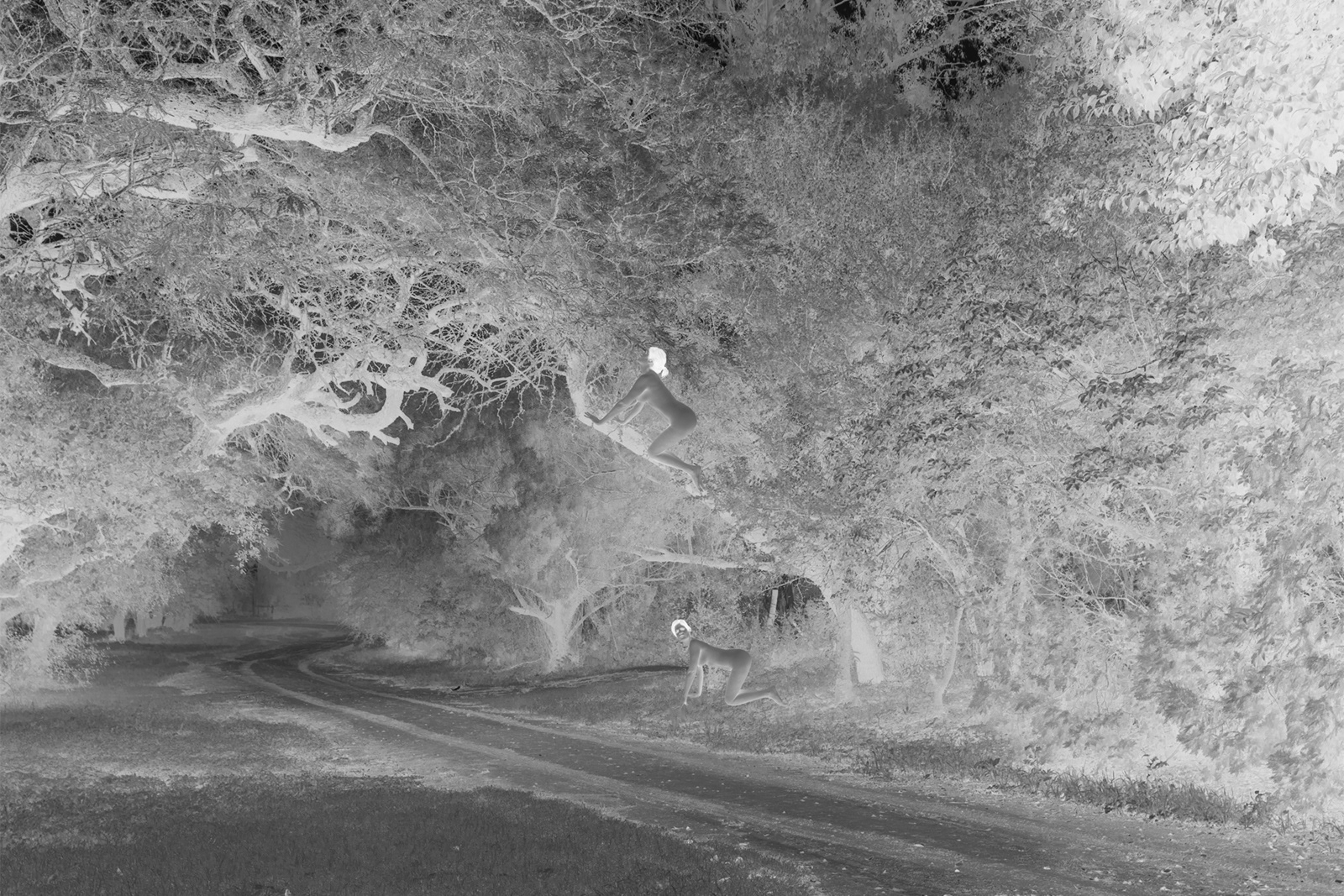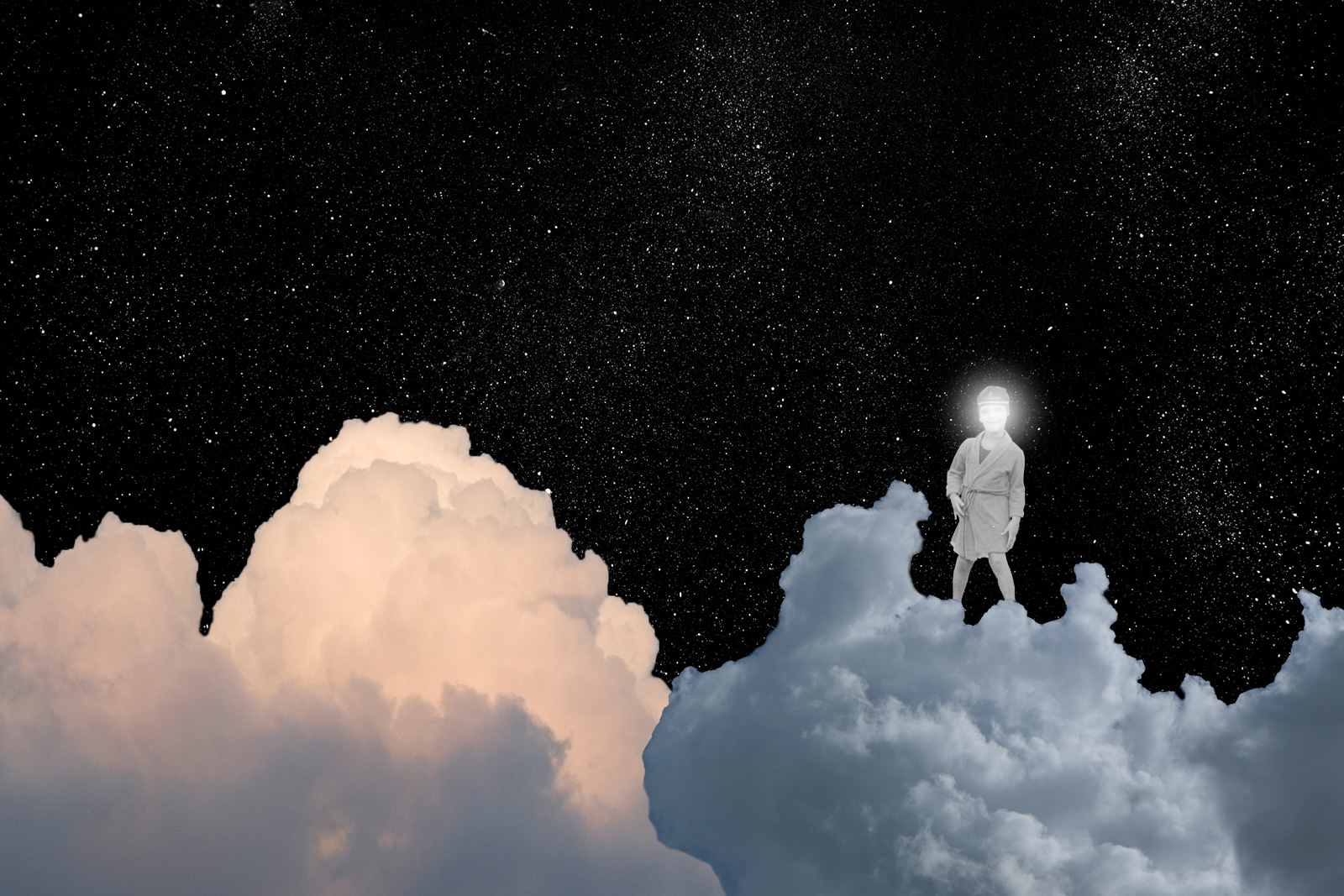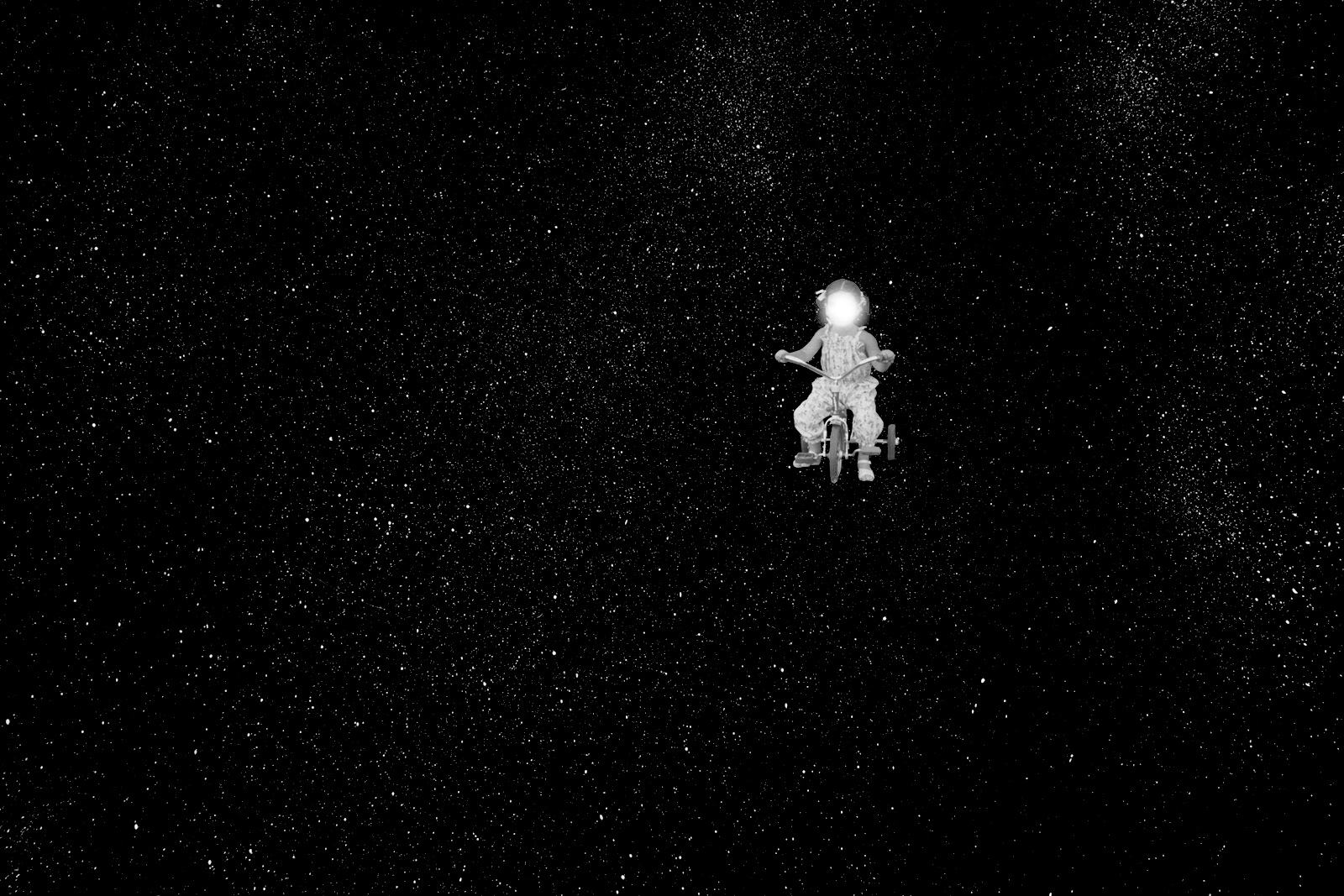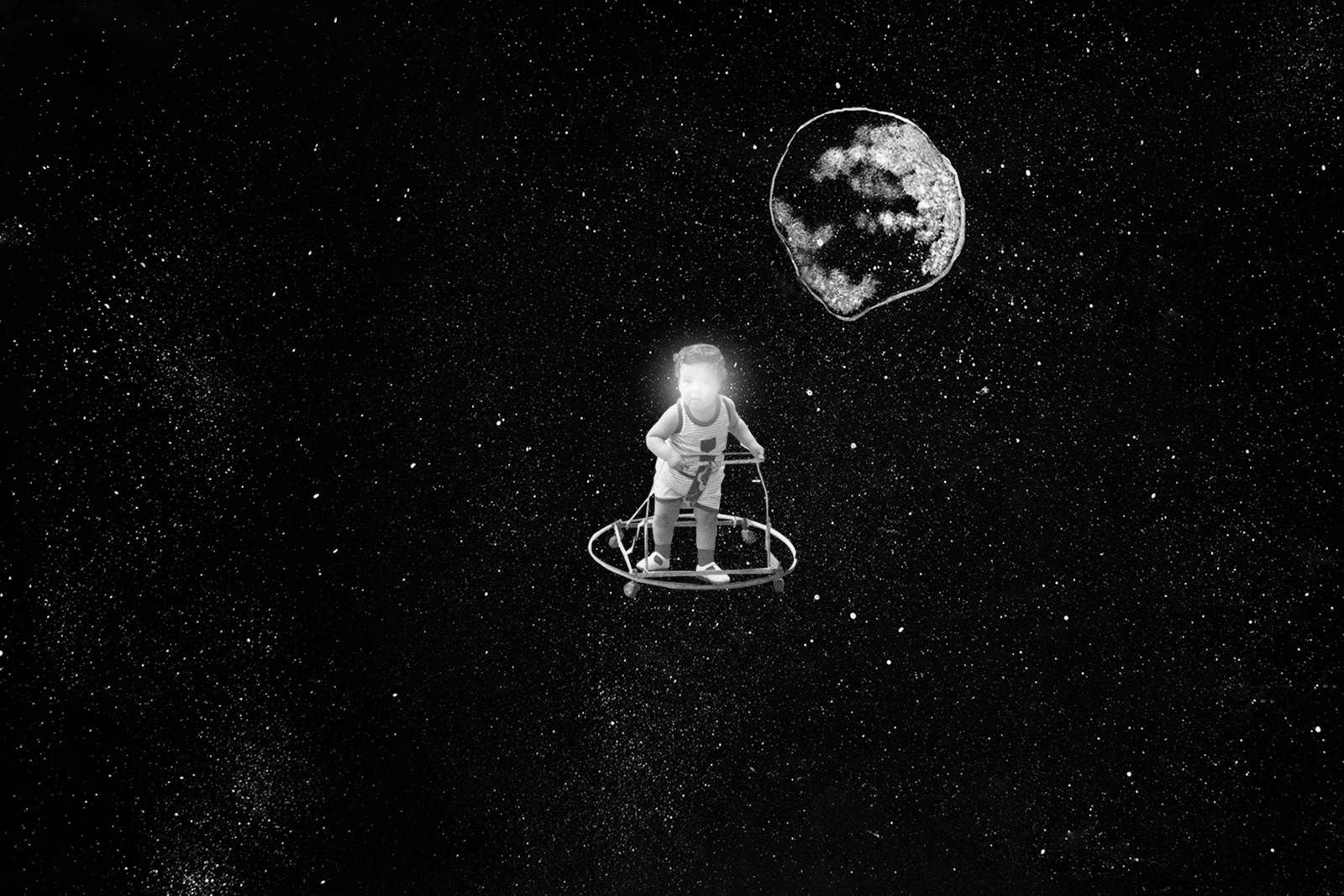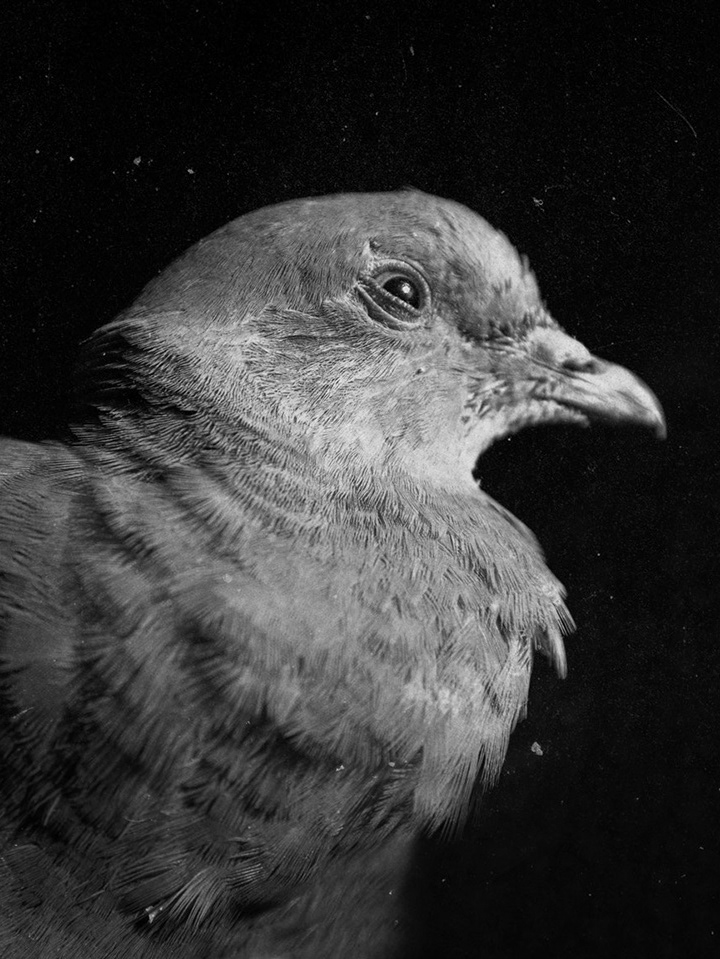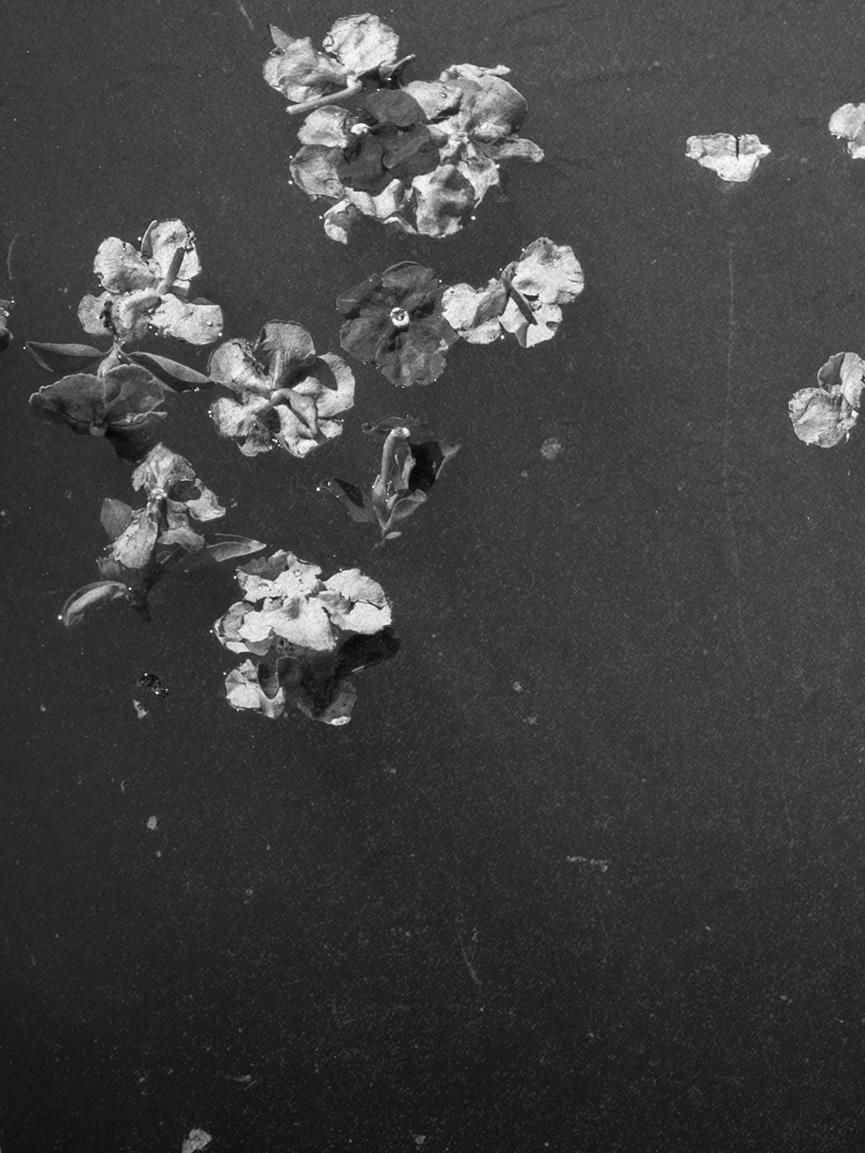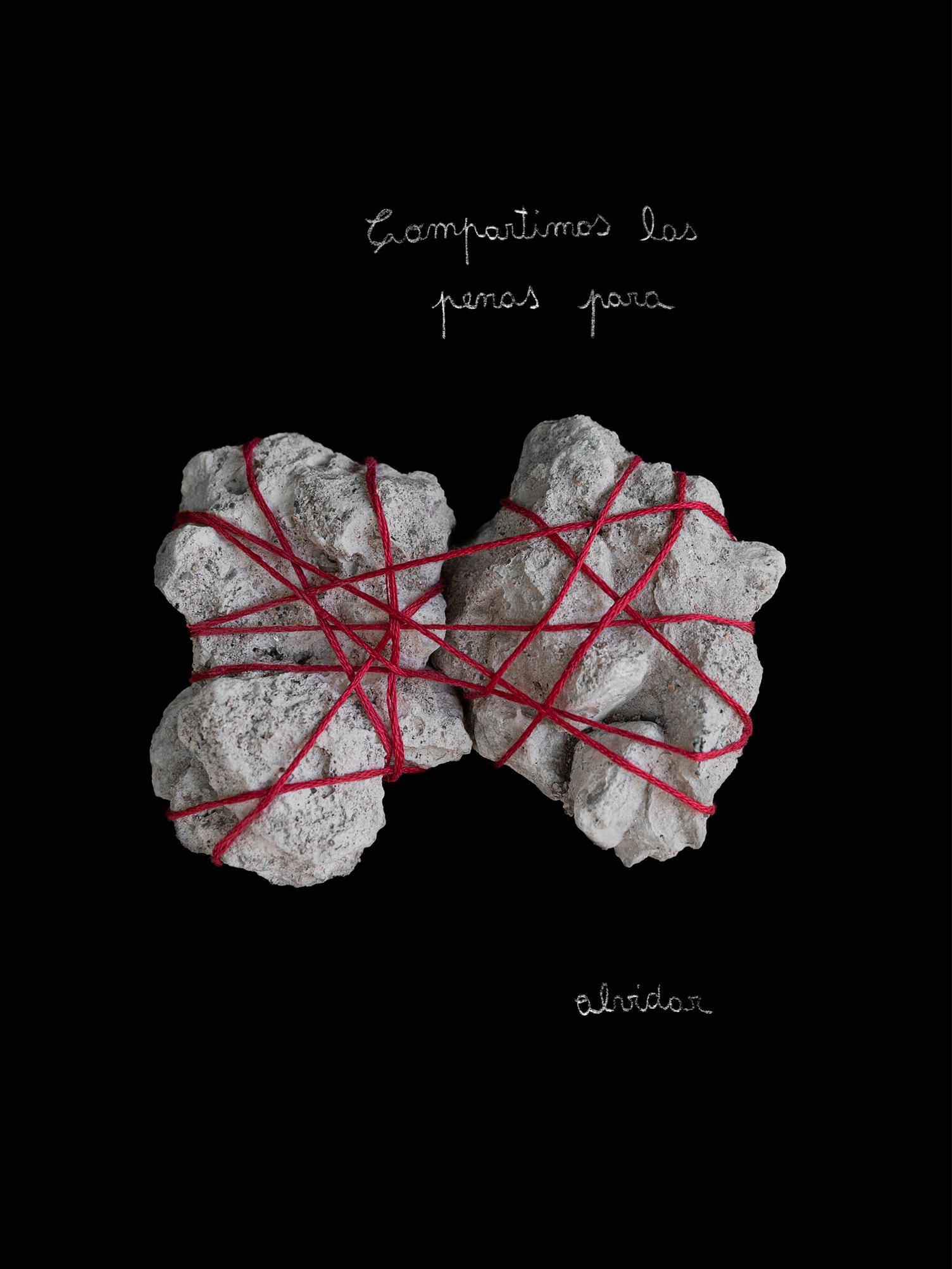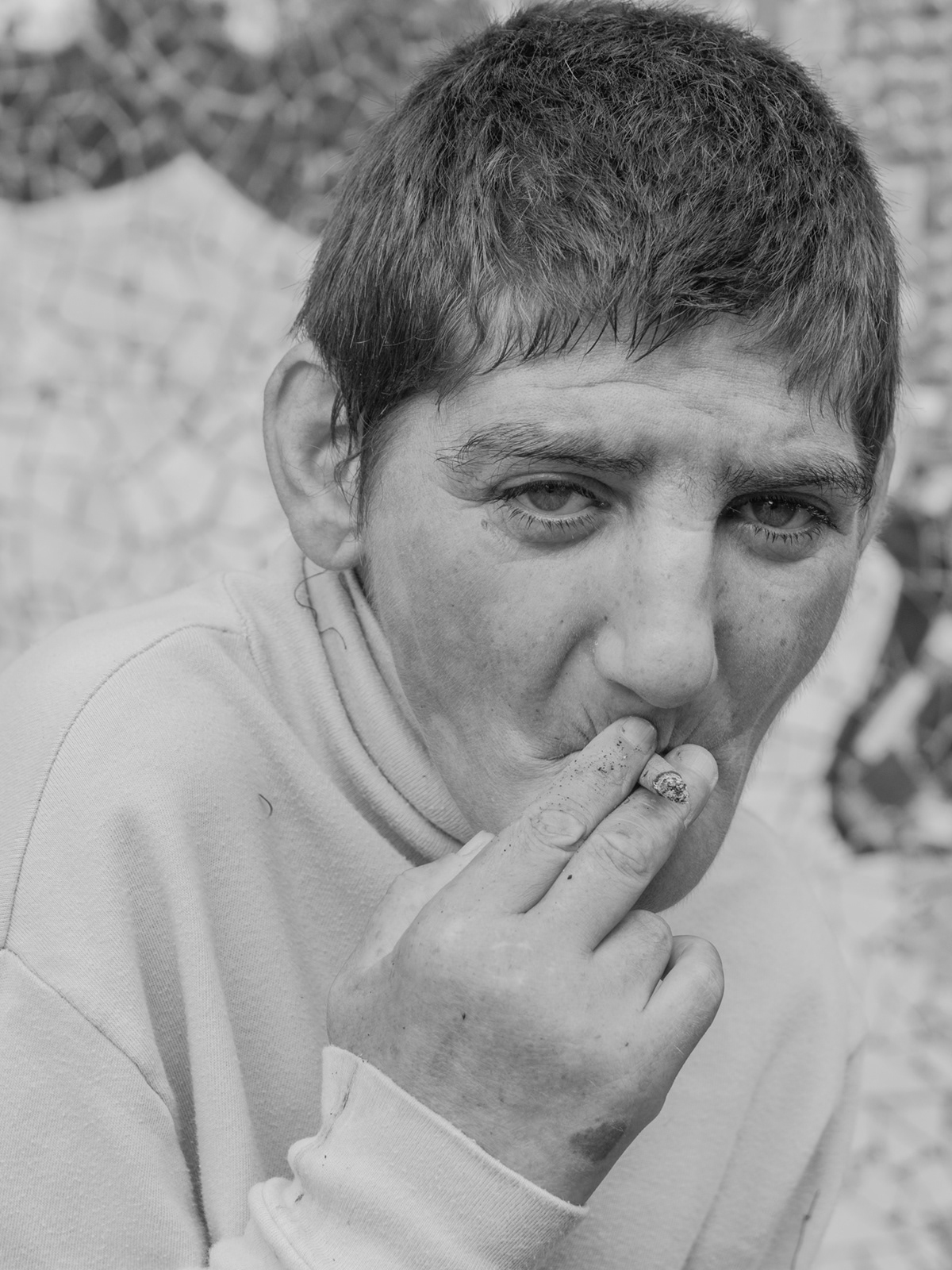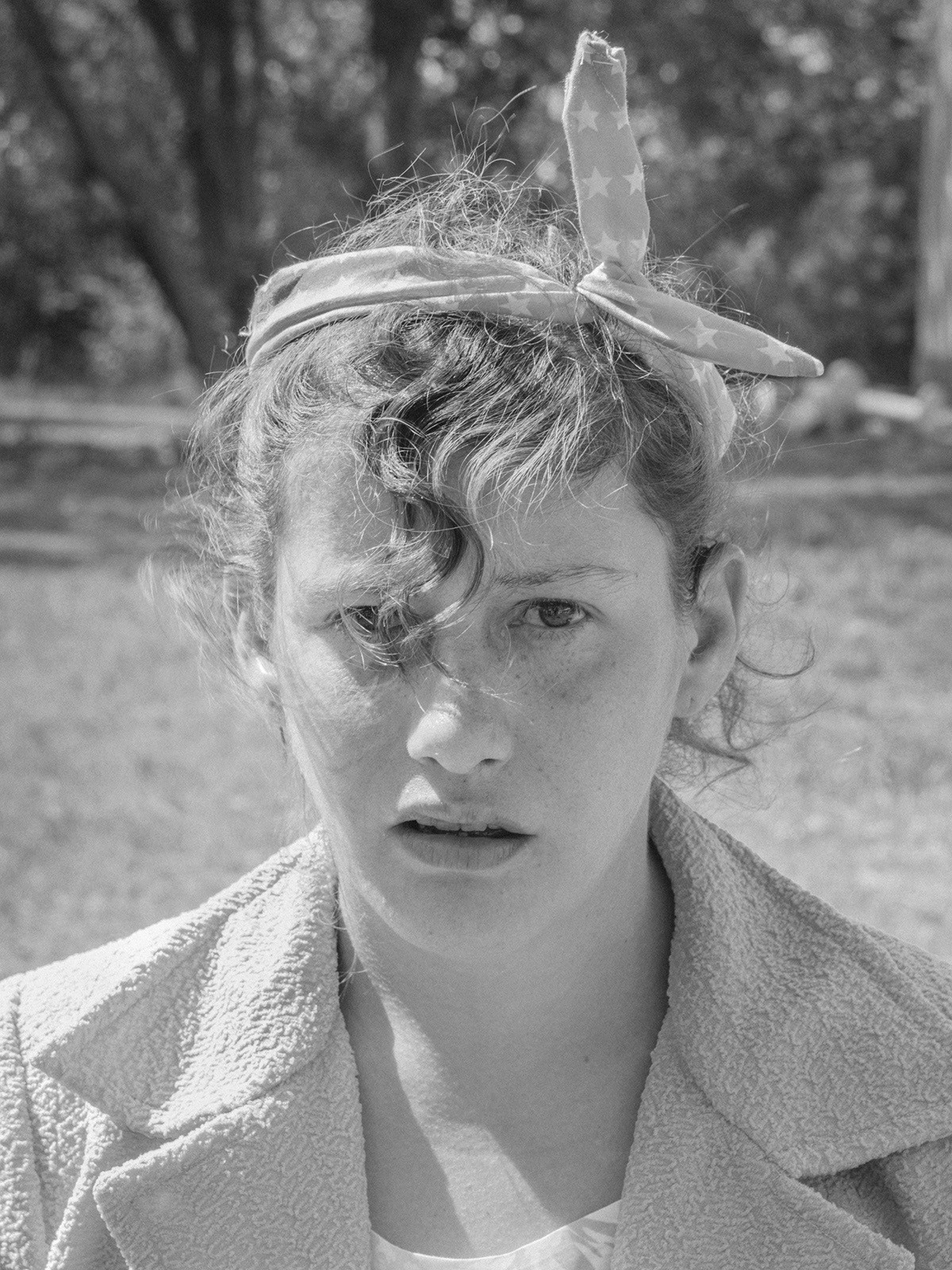La piadosa y sombría niña de recuerdos
que contempla borrarse / una vez más,
bajo los desolados médanos
Olga Orozco
Entendemos que, por su cualidad material, las fotografías son un registro del mundo exterior, se corresponden con un paisaje, un hecho histórico o familiar, un cuerpo, un rostro o una mirada. El catálogo de lo que existe podría reclutarse en ese inventario mágico que se configura en la combinación infinita de luces y sombras. Las fotos devienen esa huella que garantiza lo real, acompañadas y avaladas por el proceso tecnológico que ofrece sus estrategias artificiales a la captura del espacio y del tiempo. Ahora bien, ese tiempo que se fue condensando en una estratificación de lo ordinario, se convierte en un jeroglífico único, poético y simbólico, para reconocer una vida, una conciencia. La fotografía nos señala también, por la contundencia de su presencia, todo aquello que se nos escapa y la imagen, lentamente, se convierte en el testigo ocular de lo ausente. Un recuerdo de la infancia, por ejemplo, es lo mínimo aprehnsible arrojado a la memoria de los días, a la congregación de fantasmas que invaden lo singular y lo personal. En este sentido, admitimos que una fotografía, muchas veces, no es sólo la impronta fugaz del mundo exterior sino también la producción necesaria y urgente de un espacio interior, esa geografía extemporánea de espectros y ensueños.
La memoria fluye entre las imágenes que datan los recuerdos, se enreda en ellas, dibuja constelaciones que brillan en la intermitencia de lo oscuro. La memoria hace y deshace esos fragmentos como un diagrama provisorio del presente, anunciando un pasado venidero, un tiempo incompleto que nos alcanza. El diálogo propiciado entre lo interior y lo exterior, entre la verdad del hecho y la interpretación reiterada, desmorona todo relato lineal y transforma a la memoria en un torrente creativo. La obra de Soledad Simón irrumpe y acciona esas potencias dialógicas, estableciendo relaciones temporales difusas y oblicuas. Sus fotografías se disponen como un montaje, un eco rotundo de los recuerdos en el presente, nuevas apariciones en ese territorio de lo abismal que rodea a cada imagen fotográfica. Su narrativa se produce en la alteración constante de la secuencia temporal, la hija engendra una visión del padre, el padre en la mimesis pronuncia el vacío y así, sucesivamente, cada efecto recala en una causa imposible. Es decir, no hay ni explicación ni demostración de los hechos develados y revelados; lo que hay es sumatoria de ausencias y vacíos que, en la superposición poética, generan otras figuras de lo emotivo, sensaciones perceptivas en los delicados pétalos del recuerdo.
Las imágenes del archivo producido por Soledad Simón provienen de orígenes diversos, algunos son registros de objetos que remiten a la infancia, aviones de papel o muñecos de tela. Por otra parte, nos muestra la fotografía de un hombre, la única que Soledad posee de su padre y la única que no ha sido elaborada, que fue trasladada directamente desde el álbum, o guarida, familiar a la escena del montaje. Luego, una serie de autorretratos donde su desnudez invita a pensar el abandono y un retorno posible al mundo interior. Por último, fotomontajes donde imágenes de niñas (fotografiadas o dibujadas) ostentan una marca del vacío en su cuerpo, una huella implantada, también, en su propio y reiterado, autorretratado. Así, el recuerdo se tensiona entre la imagen inmóvil del rostro del padre y el vaivén de la imagen propia que no puede ser fijada en las inmediaciones de lo paterno. El recuerdo se presenta como la imposibilidad de establecer una verdad para siempre y se acerca a la retórica estelar, donde las constelaciones apuntan el registro de un universo variable y cambiante.
La obra de Soledad Simón insiste en la herida abierta como única forma de sanación, como un gran ojo que puede acercarse a lo verdadero poético, lo que se afirma en el desgarramiento, en su desnudez e intemperie.
La fotografía es la tecnología que reúne todas esas modalidades del tiempo implicadas en cada imagen y desordena las partituras causales del lenguaje y la lógica. La piel, pupilas, algunas ramas de un árbol tupido abrigando, esos rayos de sol, son las partes del montaje que nace en el recuerdo. Insignias materiales del conocimiento de lo real que se despliegan y enredan, entran y salen, buscando respuestas sobre lo extraño y lo sutil. Señales que despiertan el pequeño animal dormido que llora en nuestros corazones, melodías que acunan la pequeña niña desolada buscándose en las estrellas, espejo y reflejo, en el día y la noche, sin más.
Mariana Robles
Stars Draw Memories
The compassionate and somber girl of memories
who considers erasing herself / once again,
under the lonely dunes.
Olga Orozco
We understand that, due to the quality of their material, photographs are records of the outside world. They show landscapes, historical events, family situations, a body, a face, or a look. The catalogue of what exists could recruit itself in that magic inventory which sets itself in the eternal combination of lights and shadows. Photos create the mark that guarantees reality. They are accompanied and supported by the technological process that offers artificial strategies to the capture of time and space. Now, time, which was condensed in the ordinary, becomes a unique and poetic hieroglyph in order to recognize a life, a conscience. At the same time, photography signals, due to the strength of its presence, everything that becomes out of our reach and the image slowly becomes the eyewitness of what is absent. A childhood memory, for example, is the most conceivable event thrown at the congregation of ghosts that invade what is singular and personal. In this way, we admit that a photograph is, many times, not only a brief impression of the outside world but also the necessary and urgent creation of an internal space, a timeless path of specters and illusions.
Our memory flows between images that date back to our recollections, entangles between them, and draws constellations that shine in intermittent darkness. Our memory creates and destroys those fragments like a temporary diagram of the present announcing an upcoming past that is about to reach us. The dialogue between the internal and the external, between the truth of the event and its repeated interpretation, destroys lineal stories and transforms our memory into a creative torrent. Simón’s work of art bursts into the dialogical process and brings it to life by establishing oblique and blurry temporal relationships.
Her photographs are displayed as a montage, a decisive echo of present memories, new appearances where the vastness surrounds every photographic image. Their narrative is produced within the constant alteration of a temporal sequence. The daughter conceives her father’s vision. Through his mimesis, the father pronounces the abyss and consequently, in succession, every effect reaches an impossible cause. That is to say, there is no explanation, or demonstration of the exposed facts. However, there is absence and emptiness that, within the poetic superposition, produce other emotional figures, perceptive feelings in the delicate petals of our memory.
The images produced by Soledad Simón come from multiple origins. Some of them are records of objects, such as paper planes or rag dollsthat take us back to our childhood. Moreover, she puts the photograph of a man in front of us. The only photograph that Soledad has of her father and the only one that has not been intervened. It was directly taken from the family album or refuge to the sage. In addition, she shows us a series of self-portraits where her nudity invites us to think about the abandonment and possible return to the inner world. Finally, she displays photomontages of little girls, photographed or drawn, that represent what is missing in her body; what is absent is a mark inserted in her own and repeated self-portrait. This way, her memory becomes tense between the still image of her father’s face and the fluctuation of the photograph itself, which cannot be attached to the vicinity of paternity. Her memory introduces itself as the impossibility to establish an eternal truth and it comes close to a stellar rhetoric, where constellations point out to our records of a variable and volatile universe.
Simon’s work insists on the open wound as a singular form of healing, as a great eye that is able to come close to the poetic truth and the affirmation that takes place within the tearing and nudity and under the stars.
Photography is the technology that brings together all those aspects of time, which are part of every image and scatter the causal sheets of language and logic. The skin, the pupils, and the branches of the thick tree that wrap up those sunrays are the parts of the montage that stem from her memory. Materialized marks of our knowledge of reality that unfold and tangle up, come in and out looking for answers regarding the unknown and subtlety. Signs that wake up the little animal that cries within our hearts, melodies that rock our little devastated girl looking for herself in the stars, mirror and reflection, day and night, just like that.
Mariana Robles
Translated by Virginia Rodriguez
